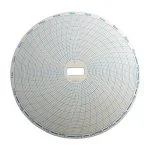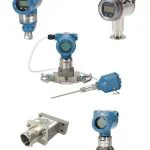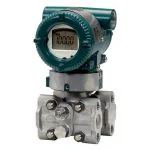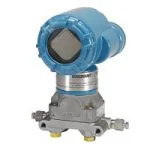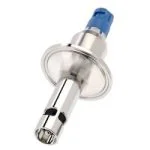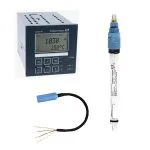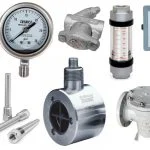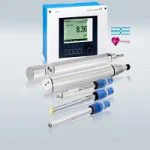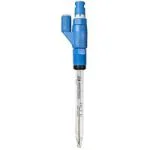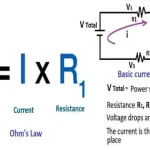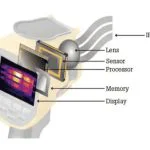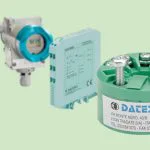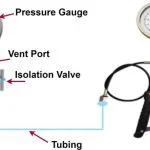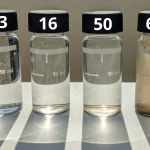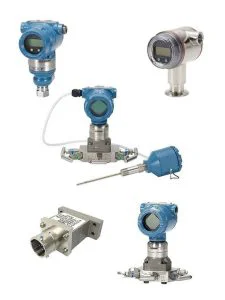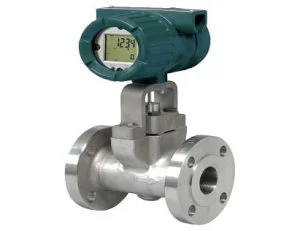نکات مهم در عیب یابی RTD : سنسور دما (RTDs) برای اندازه گیری دما بطور گسترده در صنایع مختلفی از جمله نفت و گاز و پتروشمی ، صنایع غذایی و آشامیدنی و غیره استفاده می شوند. در استفاده از آنها ، با مشکلات مشکلات مختلفی روبه رو می شویم . برای کمک به برطرف کردن این مشکلات،در جدول زیر لیستی از مشکلات متداول در برنامه های RTD و راه حل های ممکن یا اقدامات اصلاحی مشاهده شده است را بیان کردیدم . این لیست به هیچ وجه جامع نیست (شناخت سنسور pt100 ):
| RTD Problem | Possible Cause(s) | Remedies |
|---|---|---|
| Temperature indication generally too high | Lead resistance too high; not compensated | If possible: (1) Install larger wire size cables. (2) Compensate leads (3) Use sensor head transmitters (4) Convert to 3- or 4-wire circuits (5) Reduce connection lead lengths |
| Self heating by measuring current too high | Use a smaller measuring current(1mA current recommended) | |
| Temperature indication changes with changing ambient temperature | RTD sensor in 2-wire circuit; the connection lead are subjected to a large temperature change. | (1) Convert to 3-wire circuit, which will essentially eliminate the ambient temperature effects (2) Convert to a 4-wire circuit – in this case connection lead resistance effects completely eliminated. |
| Temperature indication error increases with increasing temperature (indication too low) | Decreasing insulation resistance, acts as a shunt path for measured signal | (1) Insulation resistance of approximately 0.1MΩ in parallel with 100Ω gives an error of the same magnitude as Tolerance Class B RTD sensors. Minimum recommendations for insulation resistance according to IEC60751 are: (a) Insulation resistance at 20°C (68°F) must be greater or equal to 100MΩ (b) Insulation resistance at 500°C (930°F) must be greater or equal to 2MΩ (2) Replace defective RTD sensor |
| Deviations of the temperature indication from the values in the table (parasitic and galvanic EMFs) | (1) Poor lead material, contamination, moisture, (2) Temperature difference between the terminals of the connection leads. (3) Corrosion at the connection terminals in the connection head. |
(1) Check installation (2) Thermally insulate terminals (bring to same temperature) |
| Indication changes over the course of time | Thermal aging (drift of the measuring resistor) | (1) Select suitable high temperature design (2) Re-calibrate regularly (3) Replace sensor if necessary. |
مقاومت عایق RTD:
این مقاومت در برابر نشت جریان از طریق مواد عایق سیمهای سنسور است. مقاومت عایق بالا به معنای حسگر در شرایط مناسب است در حالی که مقاومت عایق پایین ضعف برخی از مشکلات مربوط به سنسور RTD را نشان می دهد که می تواند منجر به نشت جریان شود.
به طور کلی ، تغییر در مقاومت عایق RTD با گذشت زمان باعث ایجاد مدارهای کوتاه انگلی می شود که به صورت موازی با مقاومت حسگر RTD واقعی عمل می کنند. جریان شنت حاصل باعث ایجاد سیگنال اندازه گیری نادرست پایین می شود. به عنوان مثال ، مقاومت عایق ضعیف برای مقاومتهای اسمی بالاتر حسگرهای RTD افزایش می یابد ، به عنوان مثال ، اثر مقاومت عایق ضعیف بیشتر با Pt1000Ω نسبت به سنسور Pt100Ω احساس می شود.
تست یک سنسور RTD
دو تست رایج معمولاً در RTD انجام می شود:
- آزمون استمرار معمولاً با مولتی متر
-
تست مقاومت عایق با آزمایش کننده عایق مانند 60 – 100V
گفته می شود اگر سنسور Pt100Ω RTD در شرایط خوبی باشد:
- یک آزمایش پیوستگی مقدار مقاومت تقریباً 110Ω را نشان می دهد
-
آزمایش مقاومت عایق 100MΩ یا بیشتر می دهد
-
تمام آزمایشات روی سنسور RTD در دمای اتاق انجام می شود.


